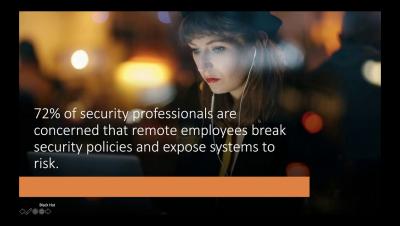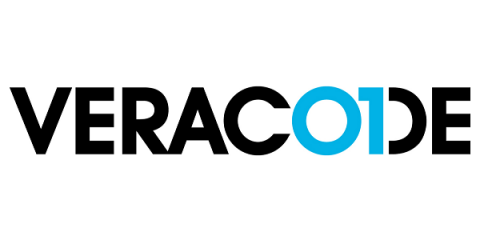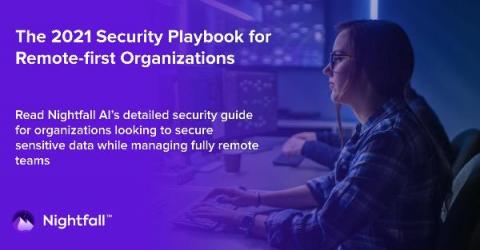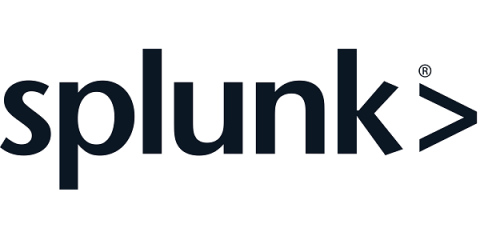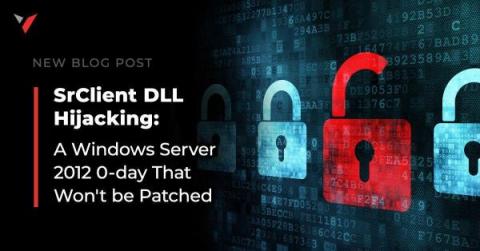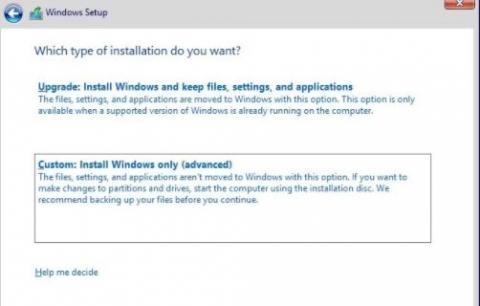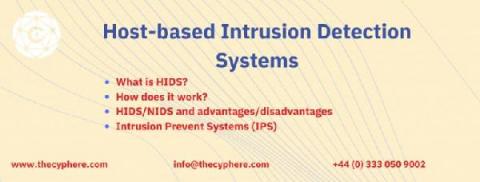Security | Threat Detection | Cyberattacks | DevSecOps | Compliance
%term
Understanding Cloud as an Attack Vector
In December, Netskope Threat Labs presented our work, “Cloud as an Attack Vector,” at the 23rd International AVAR Cybersecurity Conference. The Association of Antivirus Asia Researchers (AVAR) is a non-profit organization with members from 17 countries and facilitates knowledge sharing, professional development, networking, and partnering for cybersecurity experts and organizations. Ours was one of 27 presentations from 14 different countries featured at the conference.
Extending CyberSecurity Beyond The Office Perimeter
Working with Scan Results Using the Veracode Visual Studio Extension
AppSec Bites Part 3: Has the New Virtual Reality Created Opportunities for AppSec?
Over the past several months, many organizations have had to shift their operations to a fully digital platform. This sudden shift was more challenging for some industries, like government, than other industries, like technology. And aside from having to adapt to fully remote operations, many organizations were also subject to tighter budgets, forcing them to become more efficient.
The 2021 Security Playbook for Remote-first Organizations
The sudden shift to remote work in 2020 exposed companies to a variety of new security challenges. Start off 2021 right by reviewing the seven most crucial areas of security for emerging remote-first organizations. Continue reading below or feel free to download a copy of this playbook. We’ll also include our free Post-COVID Security Checklist as a reference you can keep in your back pocket.
A Path to Proactive Security Through Automation
The sheer number of cyberattacks launched against organizations every year is massive and growing. If you’re a security analyst working in a SOC or security team, tasked with defending your organization, that means you’re getting bombarded by many more attacks than the recorded numbers above would suggest. These attacks translate into security alerts — fired from your various security tools — that you must investigate and resolve.
SrClient DLL Hijacking: a Windows Server 2012 0-day that won't be patched
I recently discovered that all versions of Windows Server 2012 (but not Server 2012 R2) are affected by a DLL hijacking vulnerability that can be exploited for privilege escalation. Moreover, the flaw can be triggered by a regular user and does not require a system reboot. Sounds like a pretty big deal, right? Well, not according to Microsoft, unfortunately.
Dangerous defaults that put your IT environment at risk: IT security under attack
In this blog in the “IT security under attack” series, we wanted to shed some light on an unfamiliar and seldom discussed topic in IT security: the default, out-of-the-box configurations in IT environments that may be putting your network and users at risk. Default settings, and why the initial configuration is not the most secure
Host-based Intrusion Detection System - Overview and HIDS vs NIDS
Although a business appears to make every effort to protect its assets, there is still no security guarantee. Hackers being fully aware of this uncertainty, tend to take complete advantage by tricking users or bypassing restrictions of the technology products in use, allowing them to acquire complete access. Such perils have given rise to the necessity of having a proactive approach towards cyber security to identify, prepare and respond to events.




